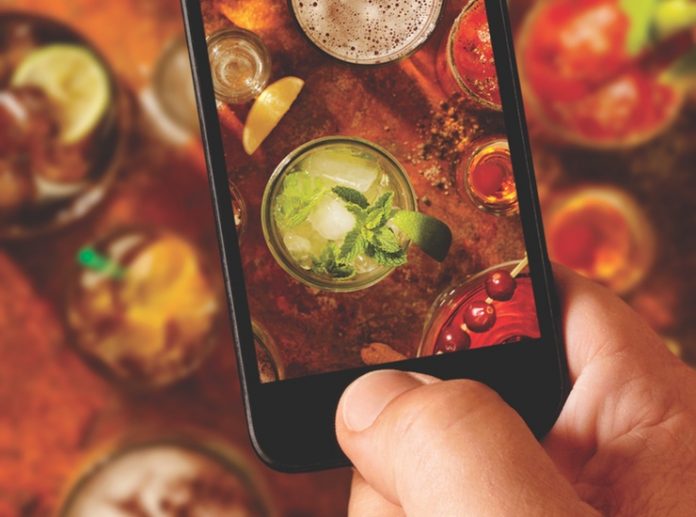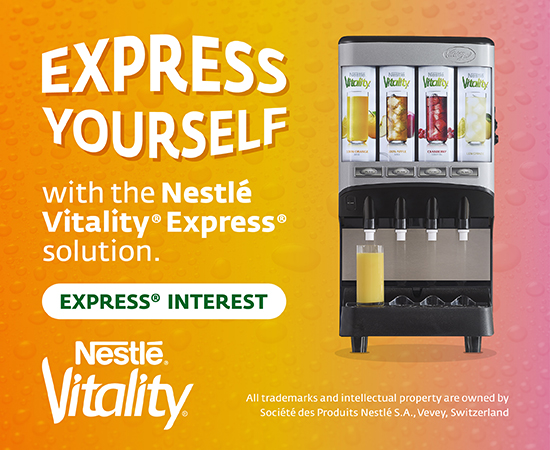
From the high-tech preferences of Generation Z to the experiential bent of millennials and the health and wellness inclinations of Baby Boomers, hotels continually adjust the amenities and services they offer to satisfy guest preferences. These adjustments are based on extensive consumer research, much of which has been published in the lodging industry trade publications.
From the perspective of the owners and operators, the changes in guest preference manifest themselves on the hotel operating statement. Over the years, income from the variety of revenue-generating departments operated at hotels rise and fall as guests opt to purchase their newly favored amenities and service.
To measure how changes in guest preference have impacted hotel revenue (beyond rooms revenue), we analyzed operating statements from thousands of U.S. hotels that participated in CBRE’s annual Trends in the Hotel Industry survey each year from 2007 through 2018. This time period was chosen because it compares the peak performance of U.S. hotels prior to the 2009-2010 recession to current industry revenues. Each study sample consists solely of those properties that reported their respective sources of revenue for each of the 12 years analyzed.
Food & Beverage
Total food and beverage (F&B) department revenue for the study sample has increased at a compound annual growth rate (CAGR) of 1.1 percent from 2007 to 2018. This implies that total F&B department revenue currently exceeds 2007 levels on a nominal basis. However, this has not been the case for all sources of revenue within the department.
As of 2018, revenue from food served within hotel restaurants and lounges still lags behind 2007 levels, along with income from mini-bars and in-room dining. These declines are consistent with the desire of guests to enjoy a more communal, less formal, and quicker dining experience than has historically been offered at hotels. In response, hotels have eliminated or reduced their traditional restaurant outlets in favor of more streamlined operations and condensed menus. The good news is that food revenue from hotel venues did increase in 2017, indicative of the success of the recent operational changes.
While food revenue is still below prior peak levels, revenue from the sale of alcoholic beverages at hotel restaurants and lounges is up from 2007. Further, the 3.4 percent revenue increase observed in 2018 indicates an acceleration in the pace of growth of this profitable source of income. Local craft beers, enhanced wine programs, and specialty cocktails featuring the ever-growing number of flavored liquors all have contributed to the rise in beverage revenue at hotels.
To the benefit of hotel owners and operators, all these changes to the food and beverage offerings at hotels have not just satisfied the changing preferences of hotel guests, they have also helped to improve the profitability of hotel F&B departments.
Other Operated Departments
Changes in the revenue earned from the other operated departments within a hotel provide insights into guest preferences that have been influenced by changes in technology and social habits.
Two revenue sources that are still below 2007 levels are telecommunications and movie rentals. Both have been negatively impacted by the rise in portable technology. Smart phones not only eliminate the need to use the guestroom phone but also provide a source for entertainment. In fact, recent trends in hotel design promote the use of the guestroom TV as a screen to view entertainment streamed on the guest’s personal phone or tablet.
Revenue from guest laundry and valet services is also below 2007 levels. Casual business attire appears to have reduced the need to have clothes dry cleaned while traveling.
While retail revenues are still below previous peak levels, recent trends indicate a reversal in guest preferences. The traditional hotel “newsstand” has been replaced by smaller kiosk operations frequently located near the front desk and staffed by reception personnel. These kiosks have proved to be very popular with guests, and are therefore a rising source of revenue at limited-service and extended-stay hotels.
Kiosks can also be found at full-service properties, but in that environment, they contribute to the previously cited decline in food venue and in-room dining revenue.
One source of revenue that has been on the rise since the economic downturn is parking. This is most likely not a response to an increase in the guest use of cars or the preference of guests to pay for parking, but is instead a very profitable source of income that hotels have implemented to offset the declines in other revenue sources.
Change is Constant
Guest preferences will continue to change from generation to generation. Some of these changes occur as social habits evolve. Other changes are the result of advancements in technology or auxiliary segments of the travel experience. In turn, hoteliers need to continue to monitor trends in guest preferences and adjust the physical facilities, services, amenities, and experiences they offer.












